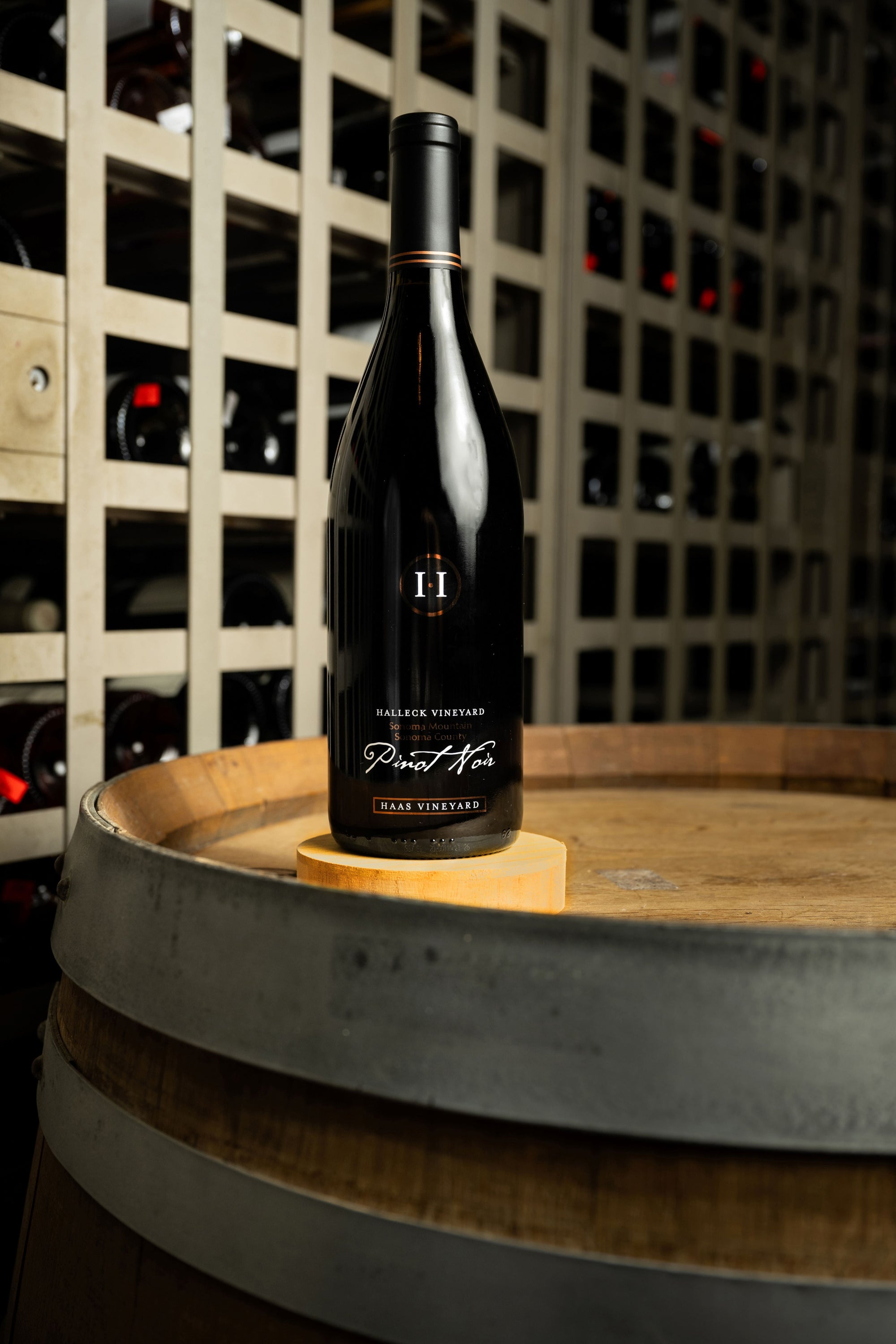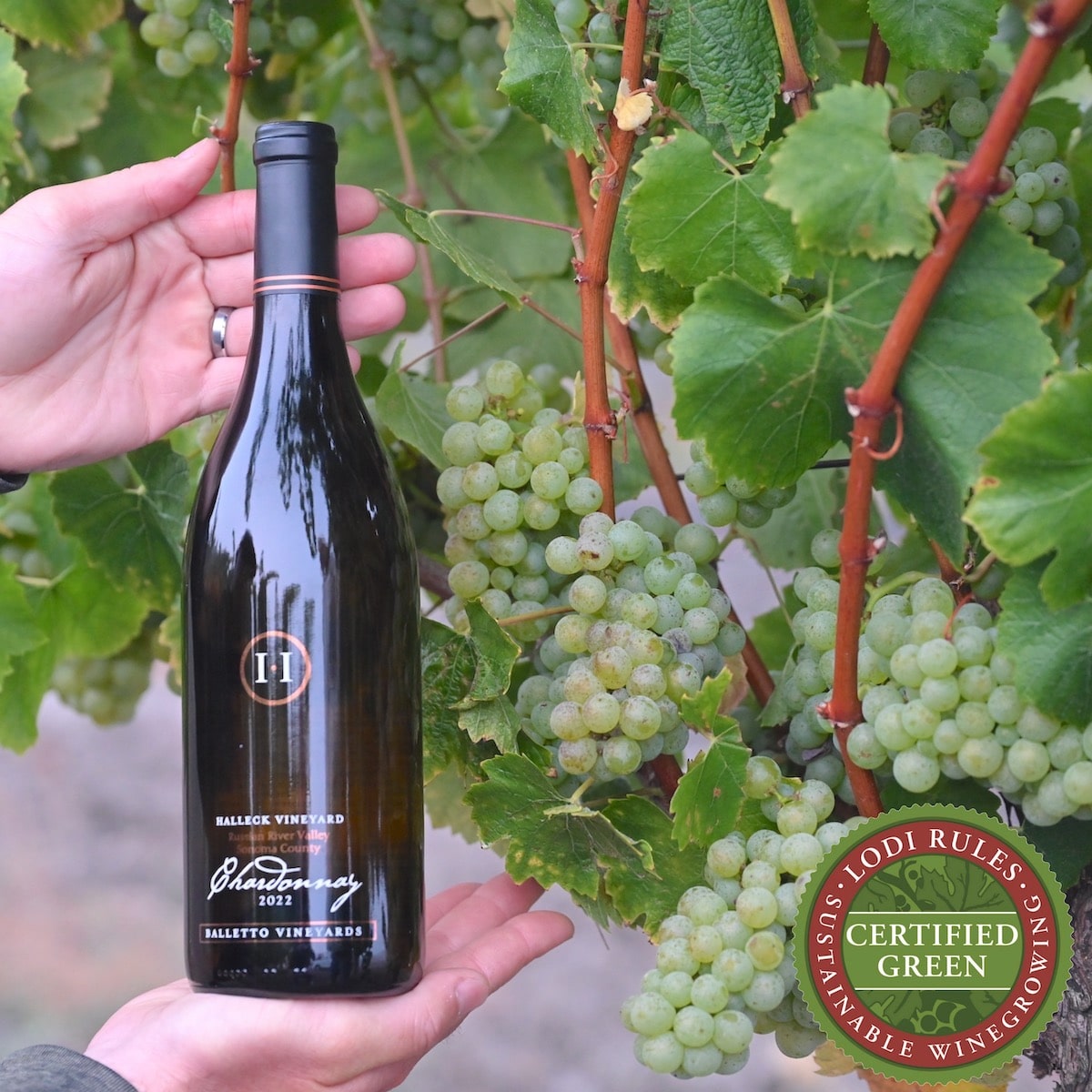Wineries With Artisan Chocolate Pairings In Sonoma - Wineries To Visit
Wineries With Artisan Chocolate Pairings In Sonoma - Wineries To Visit
Blog Article
Off The Beaten Path Wineries In Sonoma - Best Vineyard In Sonoma
Wine tasting is an art that mixes sensory experience with an appreciation for the nuances of various varietals. How to judge flavors in winery wine tasting classes is pivotal to greedy the complexities of wine.
Participating in a wine tasting entails greater than merely sipping and savoring. It requires a targeted strategy to determine aromas and flavors that each wine presents. As you start, observe the wine's appearance, noting its shade and readability. These visible cues typically suggest a wine’s age, grape variety, and even potential flavor profiles.
The subsequent step within the tasting course of is to swirl the wine in your glass. This action releases aromatic compounds that are vital for evaluation. Lean in and take a second to inhale deeply; the aromas can vary from floral and fruity to spicy and earthy. The nostril of the wine is simply as important as the palate, and recognizing scents plays a major position in understanding the overall experience.
When taking your first sip, permit the wine to move across your palate - Wineries With Beautiful Architecture. Notice the preliminary flavors that current themselves. Is the wine fruity, floral, or perhaps herbaceous? This initial style offers insight into what the wine is likely to express as you proceed to judge it. The mouthfeel additionally contributes to the general flavor experience; it can be silky, tannic, or even effervescent.
Vineyard Tours With Guided Tastings In Sonoma - Luxury Wine Tasting In Sonoma County
As you continue tasting, pay attention to the wine’s balance. A well-balanced wine will harmonize acidity, sweetness, and tannins. If one component overwhelms the others, it might point out a much less fascinating quality. Evaluating stability can help you determine how well the wine might pair with food.
Transitioning to the end, contemplate how the flavors evolve because the wine lingers in your palate. A long, pleasant finish can indicate a high-quality wine, while a brief or abrupt finish might counsel in any other case. Reflect on whether or not the flavors stay consistent or if new notes emerge as the wine settles. This development can reveal complexities and intricacies that may not have been obvious within the preliminary tasting.
Temperature can also be a vital consider evaluating wine flavors. Different forms of wine are optimally enjoyed at particular temperatures. White wines often shine when chilled, while red wines typically carry out best at room temperature. When tasting, make sure the wine is on the acceptable temperature to completely respect its character.
Vineyard Tours With Guided Tastings In Sonoma - Enjoying A Vineyard In Sonoma
Pairing food with wine can tremendously improve the tasting experience. Meals can influence the notion of flavors in wine, both highlighting sure traits or diminishing them. When evaluating flavors, consider how the wine interacts with completely different foods, noticing which flavors are amplified or muted (Vintage Wine Tasting Experiences In Sebastopol).

Think About the influence of terroir as you interact in a winery tasting. Terroir encompasses the unique environmental factors that have an effect on grape growing, including soil composition, local weather, and geography. Understanding a wine's terroir can present perception into its flavors and aromas, fostering a deeper appreciation for the alternatives made during its cultivation and production.
Schooling performs a elementary role in enhancing one's ability to evaluate wine flavors. Studying about grape varieties, wine areas, and production methods can pave the method in which for more knowledgeable judgments during tastings. Additionally, attending workshops or classes can refine sensory skills and expand your flavor vocabulary, enabling you to articulate tasting notes extra successfully.
Finally, it is essential to do not overlook that evaluating wine flavors is a highly personal experience. Particular Person preferences and perceptions will invariably form one’s tasting journey. Enjoyment must be on the forefront, with the analysis course of performing as a software to boost understanding and appreciation somewhat than create inflexible pointers.
Spectacular Vineyard Views In Sonoma - Sonoma’s Lush Vineyard Landscapes
In conclusion, mastering tips on how to evaluate flavors in winery wine tasting sessions includes a mixture of sensory engagement, knowledge, and practice. By learning to determine aromas, assess the steadiness, and recognize the intricacies of flavor, wine enthusiasts can deepen their connection to every bottle they encounter. As with any art form, the more one immerses themselves in the experience, the more they'll uncover and benefit from the huge world of wine.
- Start by observing the wine's shade and readability, as these visible components can trace at its flavor profile and getting older potential.
- Swirl the wine gently in your glass; this releases aromatic compounds, permitting you to better identify the complex scents associated with the wine.
- Take a deep inhale before tasting, focusing on both main and secondary aromas to collect insights on fruits, spices, and different nuances.
- When tasting, permit the wine to coat your palate; note the initial flavors, the mid-palate complexity, and the end as these levels can provide completely different flavor highlights.
- Pay consideration to texture and mouthfeel, as features corresponding to tannin ranges, acidity, and sweetness contribute considerably to the general tasting experience.
- Examine flavors towards normal wine characteristics; for purple wines, consider berry notes, oak influence, and herbal tones, whereas whites could embody citrus, stone fruits, and floral hints.
- Take notes through the tasting session to track your impressions, helping you to remember and consider the completely different wines sampled.
- Focus On your findings with fellow tasters or winery workers, as sharing insights can improve understanding and appreciation of particular person flavors.
- Allow time for the wine to breathe; sometimes, flavors evolve and reveal new dimensions after being uncovered to air.
- Experiment with food pairings in the course of the tasting as they will dramatically alter how flavors are perceived, influencing overall enjoyment.undefinedWhat should I search for when evaluating the aroma of wine throughout a tasting?
Start by swirling the wine in your glass to release its aromas. Deliver the glass to your nose and take a deep breath. Pay attention to the primary scents you detect, as these are sometimes probably the most prominent. Look for fruit, floral, natural, or earthy notes and attempt to identify particular traits, which is in a position to deepen your understanding of the wine's complexity.
Wineries Pairing Wine With Chocolate - Sonoma Wineries With Vineyard Views

How can I distinguish between completely different flavor profiles in wine?
Understand that flavor profiles are sometimes categorized as fruit, floral, herbaceous, spicy, or mineral. Take small sips and permit the wine to coat your palate. Notice the first flavors that emerge first and the subtle notes that observe. This layering is important in distinguishing the wine's characteristics and can help you recognize its unique profile.
Exclusive Wine Clubs In Sonoma - Sonoma Wine Culture
What is the importance of the wine's texture in a tasting?

The texture of the wine, also referred to as mouthfeel, performs a crucial function in how we perceive flavors. Pay consideration to whether the wine feels clean, creamy, or gritty. The physique of the wine (light, medium, or full) can enhance or distinction with flavors, providing a more rounded experience throughout tasting.
How do I assess the balance of flavors in wine?
Stability in wine refers again to the harmony between acidity, sweetness, tannin, and alcohol. Take a second to evaluate whether these elements complement try here or intervene with one another. A well-balanced wine will have none of its parts overpowering the others, creating a pleasing tasting experience.
Wineries Perfect For A Relaxing Afternoon - Wineries Near Sebastopol For Tasting
What role does temperature play in evaluating wine flavors?
Temperature can significantly influence the perception of flavors. Typically, red wines are finest served slightly beneath room temperature, while white wines get pleasure from being chilled. As the temperature modifications, the aromas and flavors can shift, permitting you to perceive completely different characteristics. It’s important to style wine at its optimal temperature for true analysis.
Sonoma's Top Sparkling Wine Producers - Sonoma’s Lush Vineyard Landscapes
How can I improve my tasting skills over time?
Practice is vital to bettering your tasting skills. Wineries Showcasing Local Art And Crafts. Attend tastings, hold a journal of your experiences, and explore different sorts of wines to broaden your palate. Moreover, studying about wine manufacturing and grape varieties can provide context that enhances your analysis course of, making you a more knowledgeable taster.
Is there a particular order in which I ought to style the wines?
Exclusive Wine Clubs In Sonoma - Sonoma's Hidden Winery Gems
Yes, it’s advisable to taste wines from light to full-bodied and dry to candy. This development prevents the stronger flavors from overshadowing the more delicate ones, allowing you to totally appreciate each wine's traits and nuances with out palate fatigue.
How can I consider the aftertaste of wine?
Wineries With Unique Gamay Wines - Craft Wineries In Sonoma
The aftertaste, or finish, is an important aspect of the wine-tasting experience. After swallowing, take note of how long the flavors linger in your palate and whether or not they change. A lengthy, nice end is usually an indicator of a high-quality wine, while a short or unpleasant finish could counsel in any other case.
Why is it essential to note the wine’s acidity during tasting?
Acidity contributes to the overall freshness and construction of the wine. Pay consideration to the tingling sensation in your tongue; greater acidity can enhance the wine's liveliness and balance out sweetness. Noting acidity helps decide the wine's versatility with food and its getting older potential.
What webpage should I do if I struggle to identify particular flavors in wine?
Wineries With Locally Sourced Food Options - Wine Tasting And Vineyards In Sonoma
Struggling to establish flavors is frequent, particularly for novices. Focus on broader classes and describe what you can acknowledge, corresponding to candy or earthy notes. With practice, studying about totally different flavor profiles, and maybe using flavor wheels, you will refine your senses and develop a more nuanced approach to tasting. Report this page